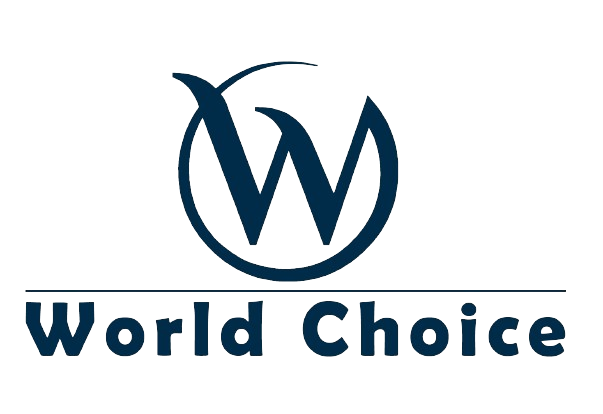Revolutionizing Revenue Management Services for Hotels: Unlocking Future Growth Opportunities
In today’s rapidly evolving hospitality landscape, revenue management services play a pivotal role in driving profitability and ensuring sustainable growth for hotels. World Choice Hotel Private Limited recognizes the importance of embracing innovative strategies and…








